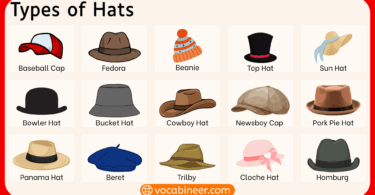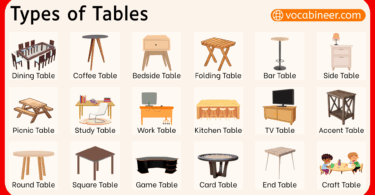Reptiles are cold-blooded creatures with scaly skin that helps them survive on land and in water. They breathe air, reproduce mostly by laying eggs, and belong to one of the oldest groups of animals still alive today. Their diversity ranges from snakes and turtles to crocodiles and lizards of many types. By learning reptile animals name: complete list with their pictures, readers can recognize familiar species and talk more confidently about wildlife in school, travel, or science discussions.
In This Page
Common Reptile Animals Name
Reptiles are cold-blooded animals with scaly skin, found in many different habitats around the world. They include snakes, lizards, turtles, and crocodiles, each with unique features and survival skills. Below is a list of common reptile animals’ names.
- Gecko – wall-climbing lizard

- Iguana – tropical plant-eater
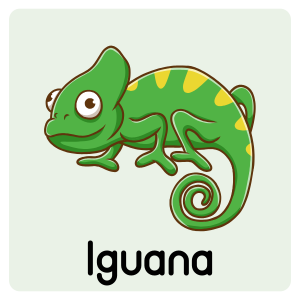
- Terrapin – Small, freshwater turtle.
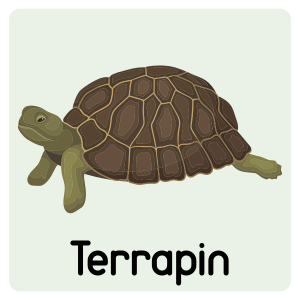
- Frilled Lizard – Neck-frilled, Australian lizard.
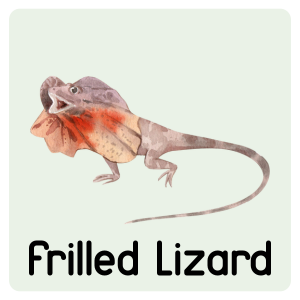
- Chameleon – color-changing lizard
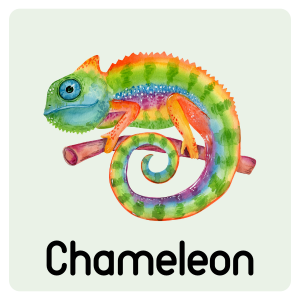
- King Cobra – hooded venomous snake
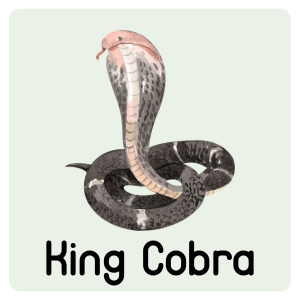
- Python – large constrictor snake
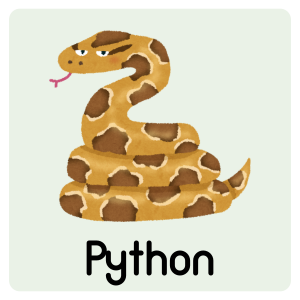
- Rattlesnake – tail-rattling snake
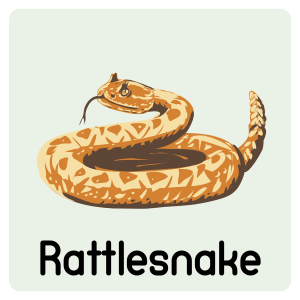
- Corn Snake – Colorful, non-venomous snake.
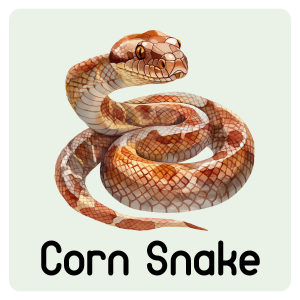
- Viper – venomous fanged snake
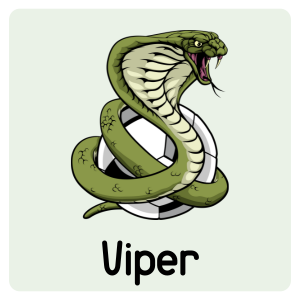
- Green Turtle – ocean-dwelling reptile

- Box Turtle – shell-closing turtle
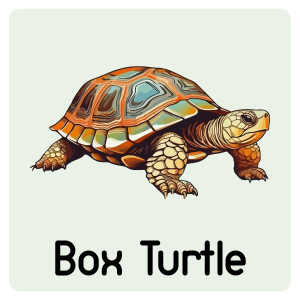
- Nile Crocodile – Large, aggressive African crocodile.
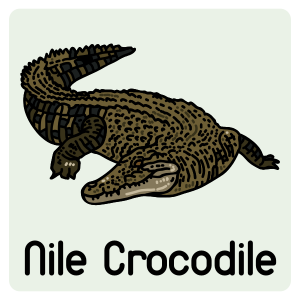
- Sea Turtle – Ocean-dwelling, long-distance swimmer.
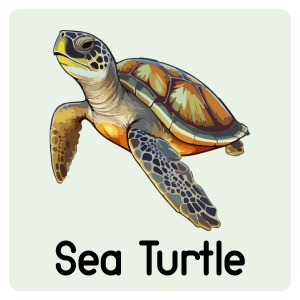
- Crocodile – large aquatic reptile
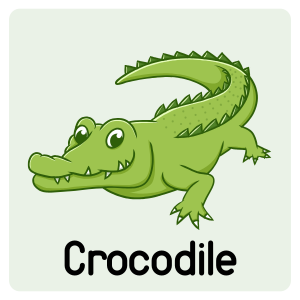
- Alligator – broad-snouted reptile
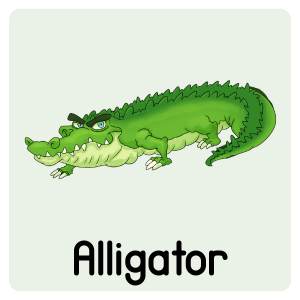
- Caiman – small crocodilian reptile
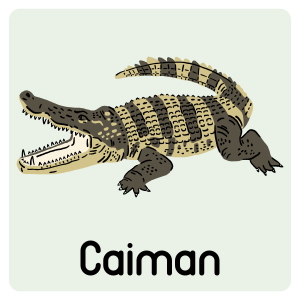
- Gharial – long-snouted crocodilian
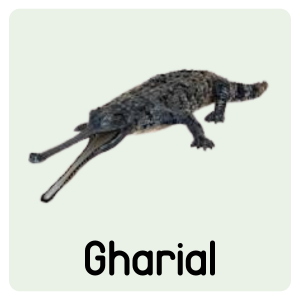
- Skink – smooth-scaled lizard
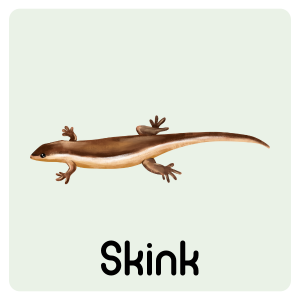
- Anole – Small, color-changing lizard.
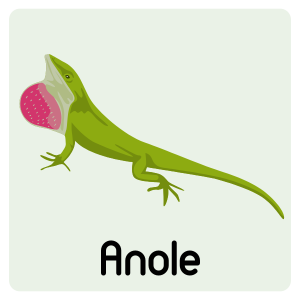
Types of Snakes
Snakes are among the most studied reptiles, and some species are especially famous.
Cobra: Cobras are venomous snakes with hoods. They are found across Asia and Africa.
Python: Pythons are non-venomous and kill prey by constriction. They are some of the longest snakes.
Rattlesnake: Rattlesnakes have rattles at the tail for warning predators. They are common in the Americas.
Viper: Vipers are venomous snakes with long, hinged fangs. They strike quickly and live in many regions.
King Cobra: The king cobra is the longest venomous snake in the world. It is powerful, fast, and respected.

Types of Lizards
Lizards are diverse reptiles, ranging from small species to giant carnivores.
Iguana: Iguanas are plant-eating lizards. They are often seen in tropical regions and are sometimes kept as pets.
Gecko: Geckos are small lizards with sticky feet that allow them to climb walls. Many are active at night.
Chameleon: Chameleons are known for color change and long tongues. They live in forests and grasslands.
Komodo Dragon: Komodo dragons are the world’s largest lizards. They are carnivorous and live in Indonesia.
Anole: Anoles are small lizards common in the Americas. They can change shades of color and are active hunters.
Frilled Lizard: Frilled lizards spread out a large frill around their necks when threatened. They live in Australia and New Guinea.
Basilisk Lizard: Basilisks are called “Jesus lizards” because they can run across water. They are found in Central America.
Crocodilian Reptiles Name
Crocodilians are strong reptiles with long jaws and tough scales.
Crocodile: Crocodiles live in rivers and wetlands. They are fierce hunters with sharp teeth.
Alligator: Alligators have broader snouts compared to crocodiles. They are found in the United States and China.
Caiman: Caimans look like small crocodiles. They are found in Central and South America.
Gharial: Gharials have long, narrow snouts built for catching fish. They are endangered reptiles.
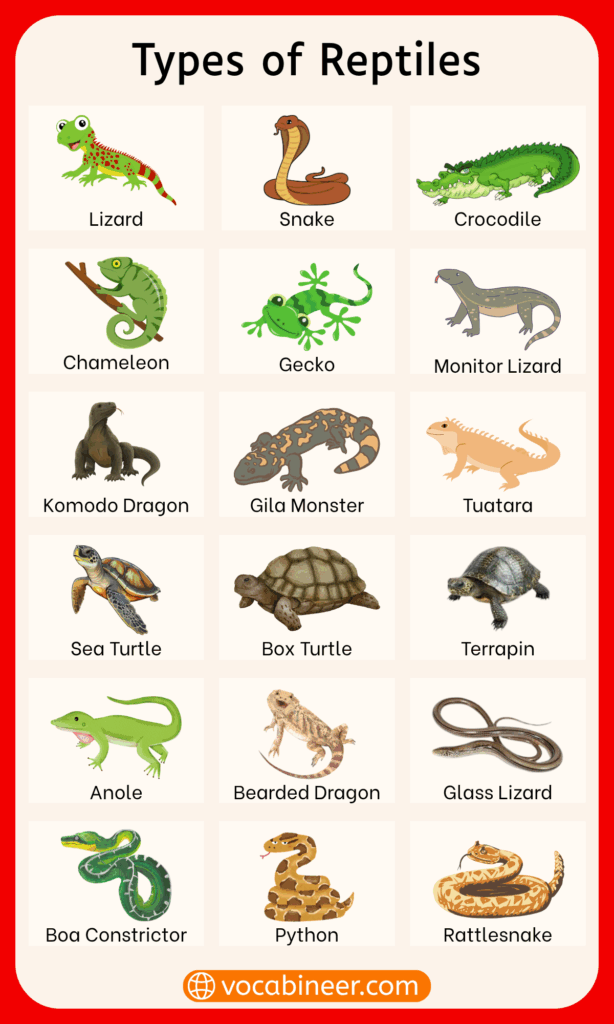
Turtles and Tortoises
Turtles and tortoises belong to the same family but live in different habitats.
Sea Turtle: Sea turtles live in oceans. They migrate long distances and return to beaches to nest.
Box Turtle: Box turtles are land turtles with hinged shells that close tightly.
Giant Tortoise: Giant tortoises are huge land reptiles. They are known for very long lifespans.
Galápagos Tortoise: The Galápagos tortoise is one of the largest tortoises in the world. It lives on islands and is famous for its size and age.
Terrapin: Terrapins are semi-aquatic turtles. They live in freshwater and brackish water environments.
Desert Reptiles
Reptiles in deserts adapt to survive extreme heat and lack of water.
Horned Lizard: Horned lizards have spiny bodies and blend into desert sand. Some squirt blood from their eyes to defend themselves.
Gila Monster: Gila monsters are slow but venomous reptiles. They are found in deserts of the southwestern United States and Mexico.
Arctic and Cold Region Reptiles
Few reptiles survive in cold climates, but some adapt to cooler waters.
Leatherback Turtle: Leatherback turtles are large sea turtles that survive in colder oceans. They are the biggest of all living turtles.
Other Interesting Reptile Animals Name
Some reptiles do not fit main groups but are important to note.
Skink: Skinks are small reptiles with smooth scales. They burrow in soil and live in many regions.
Monitor Lizard: Monitor lizards are large, intelligent reptiles. They live in Asia, Africa, and Australia.
Tuatara: Tuataras are rare reptiles from New Zealand. They are the only surviving species of an ancient reptile order.
Conclusion
Learning reptile animals name with their pictures helps readers understand a wide range of species. From snakes and lizards to crocodiles and turtles, reptiles show unique features that allow them to survive in many environments. Recognizing their names makes discussions in school, travel, or biology easier and more meaningful.
FAQs about Reptile Animals Name
The four main types of reptiles are snakes, lizards, turtles and tortoises, and crocodilians. Each group has many species adapted to different habitats worldwide.
The Komodo dragon is the largest living lizard, but the saltwater crocodile is the biggest reptile overall, growing up to 23 feet long.
Most reptiles need warm environments, but species like the leatherback turtle can survive in cold oceans thanks to unique adaptations.
The basilisk lizard, also called the “Jesus lizard,” can run across water surfaces for short distances using its speed and wide feet.
Yes, both turtles and tortoises are reptiles. Turtles live mostly in water, while tortoises are land-dwelling with dome-shaped shells.
Read More


